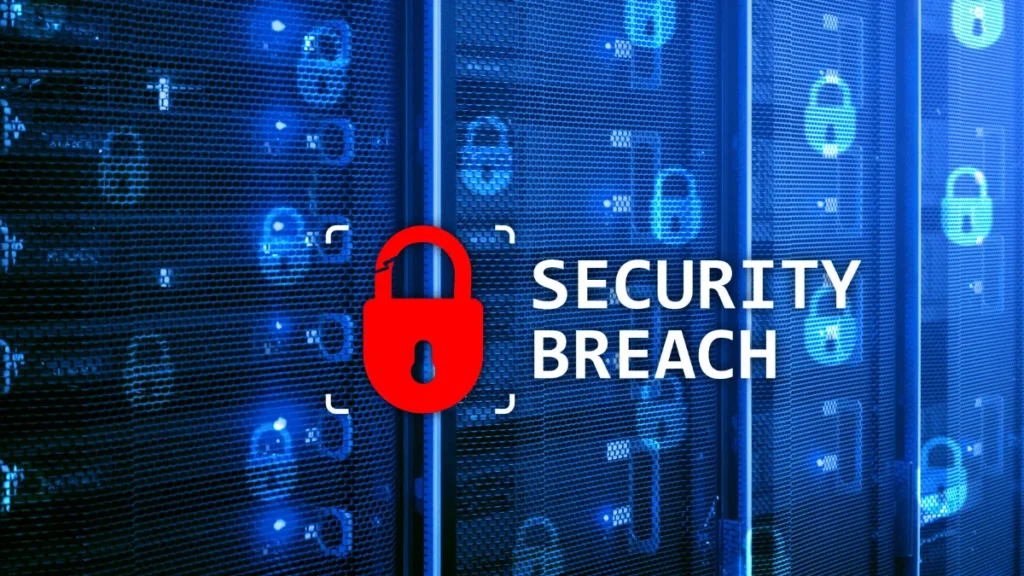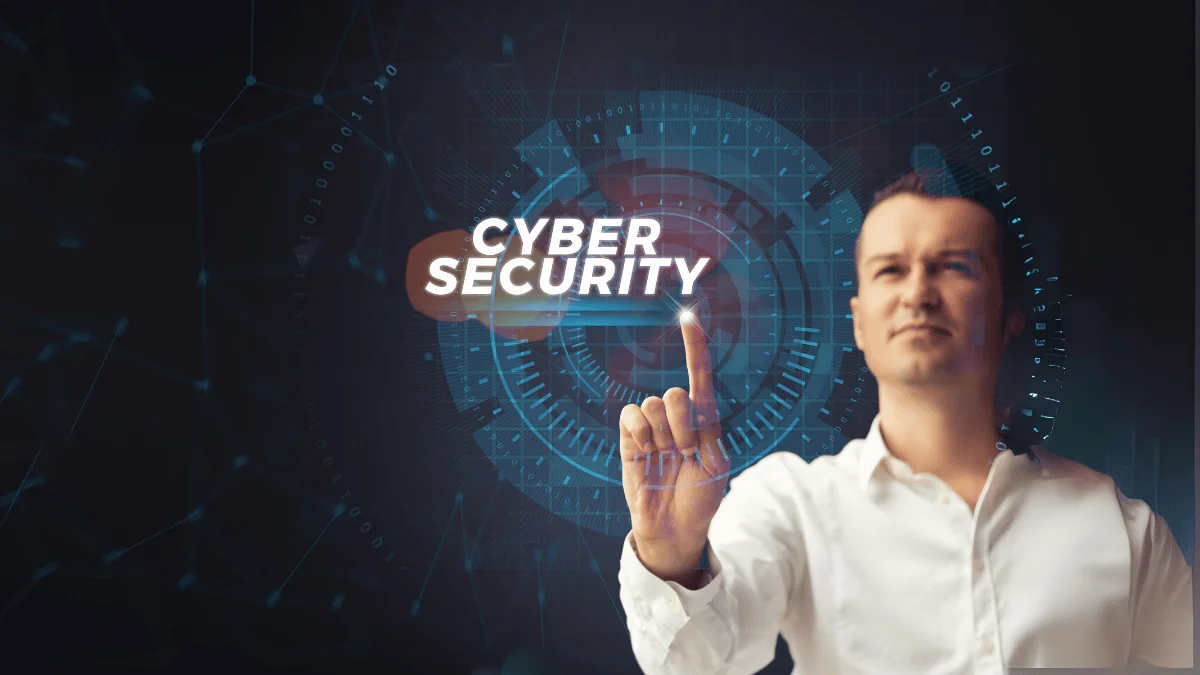In this article, we explore how modern SOCs can be transformed into engines of cyber resilience by putting strategy at the core.
Cybersecurity has become more than a technical requirement; it’s a strategic necessity. Organizations across industries are facing increasingly sophisticated threats that go beyond traditional malware and phishing emails. From ransomware-as-a-service (RaaS) operations to nation-state actors and insider threats, the battlefield has evolved, and so must the defense.
At the heart of a resilient cybersecurity posture lies the Security Operations Center (SOC). However, an SOC isn’t just a room full of blinking screens and alert dashboards; it’s a living, breathing command center that must be aligned with the organization’s strategic objectives.
Why Cyber Resilience Matters More Than Ever
Cyber resilience isn’t just about preventing attacks, it’s about ensuring your business can recover, adapt, and continue operating even after an incident. It blends cybersecurity, business continuity, and risk management into one powerful capability. A resilient organization can take a punch, get back on its feet, and learn from the experience.
In this landscape, the SOC plays a central role. It’s the frontline defense and the rapid response team, working behind the scenes 24/7 to detect, investigate, and mitigate threats. However, not all SOCs are created equal. The difference between a reactive SOC and a strategic SOC can mean the difference between a minor disruption and a catastrophic breach.
Must Read: The Importance of Cybersecurity Audits for Modern Businesses
The Evolution of the SOC: From Reactive to Strategic
Traditionally, SOCs were built around the idea of reacting to alerts. Analysts monitored SIEM dashboards, responded to alarms, and created tickets. While functional, this model often leads to alert fatigue, inefficiency, and missed opportunities to prevent future threats.
The modern SOC must evolve to become:
- Proactive rather than reactive
- Context-aware rather than alert-driven
- Business-aligned rather than technology-centered
This transformation isn’t just about upgrading tools, it’s about embedding strategic thinking into the fabric of the SOC. That means understanding the business, prioritizing critical assets, and aligning detection and response capabilities with enterprise goals.
Strategy at the Core: What It Means

A strategic SOC doesn’t start with technology, it beginswith understanding the business’s mission, risk appetite, threat landscape, and operational priorities. Here’s how that plays out in practice:
1. Risk-Based Prioritization
Not all threats are equal. A strategic SOC uses threat intelligence, asset criticality, and business impact to determine which alerts require immediate attention. This risk-based approach ensures the SOC focuses on what truly matters.
2. Threat Informed Defense
A mature SOC adopts frameworks like MITRE ATT&CK, threat intelligence feeds, and adversary emulation to anticipate and prepare for real-world attacks. These drives use case development, hunt hypotheses, and playbook automation that are grounded in actual threats.
3. Process Maturity
It’s not enough to detect a threat the SOC must have well-documented, repeatable processes to respond. This includes incident response runbooks, escalation protocols, and post-incident reviews. Strategy means investing in process maturity, not just toolsets.
4. Continuous Improvement
A strategic SOC operates like a learning system. After every incident or exercise, it reviews what worked, what didn’t, and how it can improve. This feedback loop fuels detection tuning, playbook updates, and training plans.
5. Metrics That Matter
Instead of measuring success by how many alerts were closed, a strategic SOC tracks business-aligned KPIs like mean time to detect (MTTD), mean time to respond (MTTR), incident impact, and false favorablerates. These metrics tell a clearer story of value and performance.
Building Blocks of a Strategic SOC
To achieve strategic alignment, organizations must rethink how they build, operate, and scale their SOCs. Let’s break down the foundational components:
- People
Talent is the greatest asset of any SOC. Building a strategic SOC requires:
- Hiring diverse skill sets: threat hunters, analysts, engineers, and responders
- Providing ongoing training and certifications to keep analysts sharp and up to date
- Creating clear career paths to reduce burnout and attrition
- Fostering a collaborative and mission-focused culture
2. Processes
Repeatable, standardized processes are essential for consistency and scalability. This includes:
- Incident classification and prioritization criteria
- Escalation and communication plans
- Playbook automation for common threats
- Lessons learned from processes after major incidents
3. Technology
While strategy is the heart, technology is the muscle. The SOC must be equipped with:
- A modern SIEM or XDR platform
- SOAR tools for workflow automation
- Threat intelligence platforms
- Endpoint detection and response (EDR) solutions
- Asset and vulnerability management integrations
But the key is integration. Strategic SOCs ensure these tools talk to each other, automate actions, and provide end-to-end visibility.
Also Read: 5 Questions Boards Should Ask About Cybersecurity
Strategic Use Cases That Drive Value
Use cases define how the SOC operates daily. A strategic SOC doesn’t just monitor malware but also builds use cases that protect what the business values most.
Examples include:
- Insider threat monitoring for sensitive departments
- Brand monitoring to detect domain spoofing or phishing websites
- Cloud security detections aligned to misconfigurations and unauthorized access
- Ransomware behavior detection before encryption begins
- VIP account abuse monitoring to safeguard executives
Each of these use cases ties back to real business risks, making SOC more relevant to leadership.
Measuring Strategic Impact

CISOs and security leaders are always under pressure to demonstrate ROI. A strategic SOC provides tangible outcomes:
| Metric | Strategic Value |
| Reduced dwell time | Faster containment, less business impact |
| Fewer false positives | More efficient analyst workflows and less alert fatigue |
| Aligned use cases | Direct mitigation of top business risks |
| Improved response time | Faster decision-making and regulatory compliance |
| Incident cost reduction | Lower recovery costs and minimized customer trust damage |
Challenges to Watch For
Transforming your SOC into a strategic asset is not without its hurdles. Watch for these common pitfalls:
- Over-reliance on tools: Buying more software doesn’t mean better outcomes.
- Lack of business buy-in: Without executive support, strategic alignment fails.
- Burnout and turnover: Unclear roles, high pressure, and poor leadership drive attrition.
- Siloed data: Without integration across tools and teams, threats slip through the cracks.
- Compliance overkill: Focusing only on checkboxes can dilute accurate threat detection.
The solution? Balance people, process, and technology underpinned by a clear, business-driven strategy.
Final Thoughts: The Strategic SOC Advantage
Cybersecurity is no longer a game of who has the biggest firewall or the flashiest dashboard. It’s a test of how well your security operations align with your business strategy.
A well-structured, strategic SOC is a business enabler. It detects faster, responds smarter, recovers quicker, and continuously evolves with the threat landscape.
For organizations aiming to build true cyber resilience, SOC is not just a component, it’s a competitive advantage.
You May Like:
- Beyond Compliance: How Factory Audits Drive Long-Term Supplier Performance
- How Insightful Helps Keep Remote Teams Aligned & Productive With Workflow Visibility
Conclusion
The future of cybersecurity doesn’t belong to the organizations with the most tools; it belongs to those who use strategy as their compass. By embedding strategic thinking into your SOC, you’re not just building better defenses, you’re building a business that can withstand and thrive in the face of cyber adversity.
Deep Chanda is an accomplished cybersecurity leader with over 18 years of experience managing and securing critical IT infrastructure across diverse industries. An expert in cloud security, data protection, and risk management, he has played pivotal roles in strengthening the cybersecurity posture of large enterprises. Deep is recognized for his strategic approach to cybersecurity and his ability to lead secure digital transformation initiatives. His insights into best practices are grounded in hands-on experience and a deep commitment to helping organizations navigate today’s evolving cyber threat landscape.
Deep Chanda can be reached via LinkedIn.





















